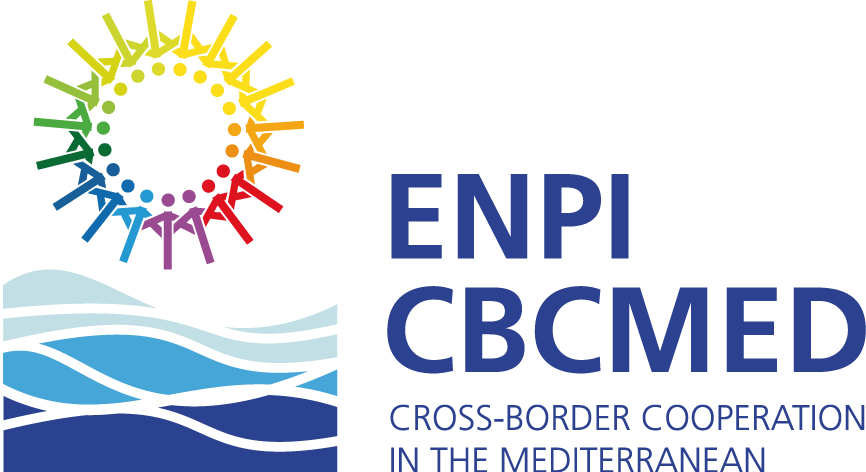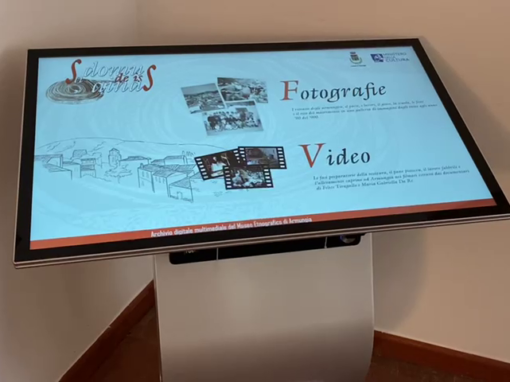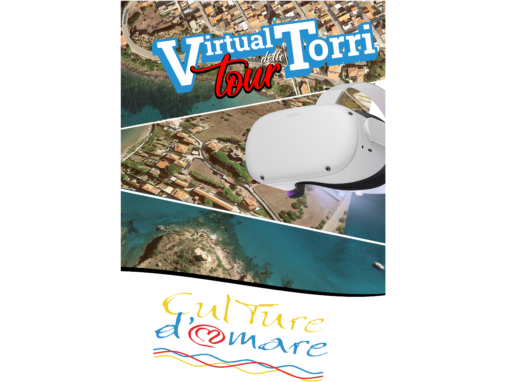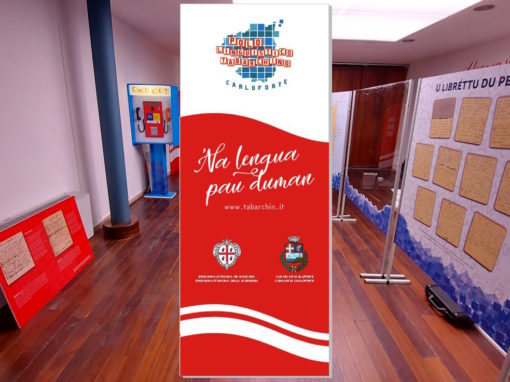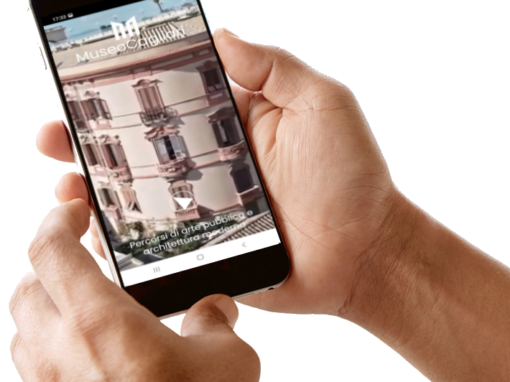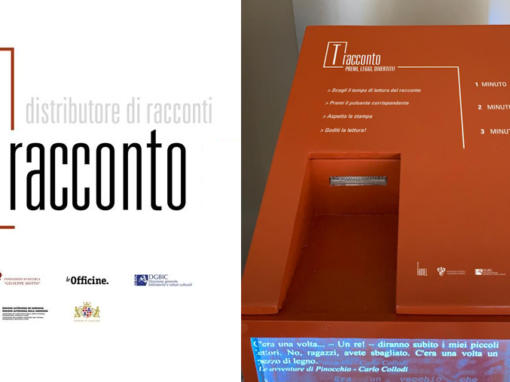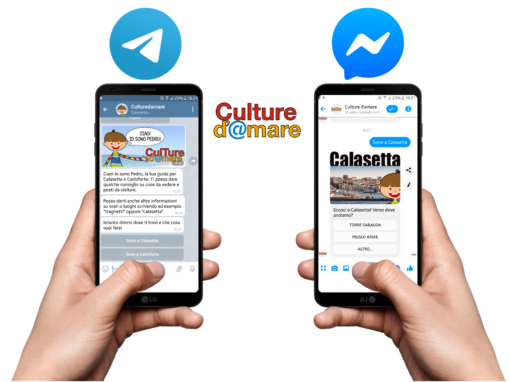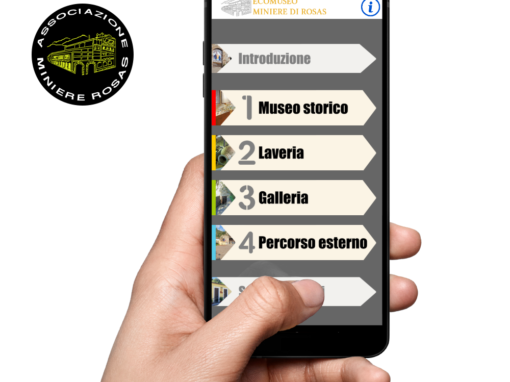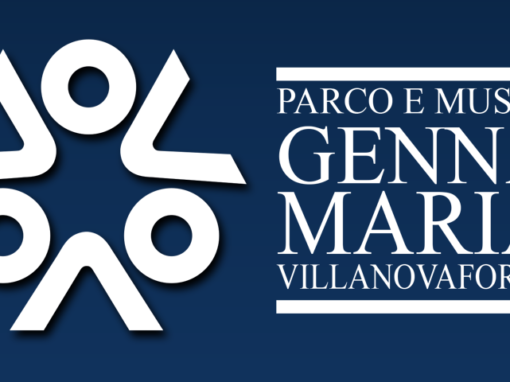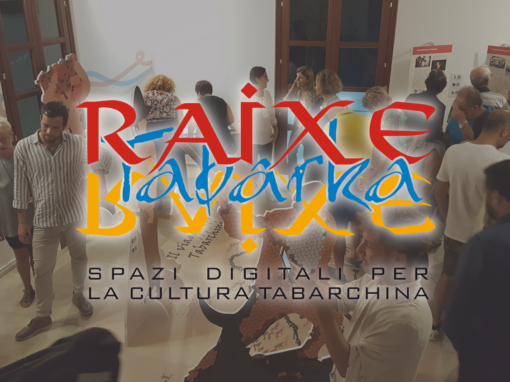Priority: 4. Cultural dialogue and local governance – Measure 4.2
|
Keywords: cultural heritage, local development, territorial development, tourism
Description: In Islamic tradition, the weaving loom represents the structure of the universe and its constant movement. The moon weaves the fate; many goddesses holds spindles and distaff and preside the unwinding of the yarn of Life, weave and create new forms. The warp-weighted loom is the first type of loom invented by man in the Neolithic period and was used by ancient peoples of the Mediterranean until after the fall of the Roman Empire. We find images that represent them in graffiti carved in Italy in Valcamonica and in the frescoes of Pompeii, in Greece on Attic vases. The oldest loom was found in Egypt and dates back to 3000 b.C… The loom is an ancient instrument and is one of the few machines invented by man that that whilst updated by technological progress has maintained its original features and is still used in the most archaic and primitive forms. It is an instrument that represents the way in which technological evolution has been able to enhance the mathematical simplicity and intuition handed down for millennia by artisans. The loom is today an instrument of continuity with tradition, an instrument ancient and contemporary used to made fabrics and articles of everyday life and holidays: from the bride’s trousseau to carpets, from linen to blankets and decorations for animals. Each artifact is made with differents materials, colors, designs and each country has developed its own techniques to the plot or the fineness of the fabrics. But the instruments are the same, the loom and a shared manual ability common to all Mediterranean people. The “Med-Loom” Project intends to start from a historical-cultural analysis of loom technologies, analyze the similarities and differences in mathematical techniques that underlie different types of weaving and bring together communities that still have and pass on the textile Mediteranean traditions. The Project intend to compare the characteristics of the textile traditions of the Mediterranean basin countries to boost mutual knowledge and establish new relationships between neighborhood populations to increase local touristic economy and industrial development.
|
Main objectives: Supporting the dialogue and cultural interchange through the identification of a common heritage of Mediterranean countries bound to textile productions and sharing knowledge of techniques, designs and materials. To Improve neighborly relations between countries and to contribute to initiatives to strengthen their territories and local traditions, creating an induced economic linked to tourism.Specific objectives are:
- Complete ethnomathematics studies currently underway at the University of Cagliari – Sardinia, Italy – on the numbering and counting, and the graphic representation of traditional weaving, making a comparative analysis with the techniques of the various Mediterranean countries.
- Realize a multimedia software to virtualize and simulate texture algorithms identified by the study.
- Build a wooden prototype of a “virtual loom” in 1:1 scale reproducing a basse lisse loom, with a personal computer, a monitor and an wireless interface system to simulate the experience of the weaving process and provide information about the loom and the different types of fabrics made.
- Build a dynamic map of the distribution of different types of looms in Mediterranean countries and populations.
- Build a catalog of traditional looms used by different cultures of Mediterranean countries and create a digital archive available online.
- Activate a permanent network of relationships between associations and artisans involved in local enhancement of traditional cultures tied to weaving. – Stimulate the dialogue and mutual understanding between Mediterranean peoples promoting meetings, events and exhibitions on traditional looms and weaving techniques of involved countries.
- Enhance knowledge of the national traditions in younger generations.
- Enhance and disseminate peculiarities and local cultures of the partners so that they become a source of tourist attraction.
- Provide knowledge and experience gathered through digital and informatic technologies.
- Stimulate cooperation between associations, artists, folk groups, college and university students to deepen their knowledge of local traditions related to the textile activities, by the organization of events and exhibitions.
- Provide opportunities for cultural exchange and transnational co-operation with industry (e.g. training workshops, marketing planning, collaboration with local businesses).
|
Envisaged outcomes:
- Creation of a book and a DVD about the history of the loom among Mediterranean basin peoples, edited by historians, anthropologists and in collaboration with associations and local operators.
- Creation of a shared online database with an intelligent search engine to follow the results of the project and, through photographs and videos, highlight similarities and differences in similar artifacts made with traditional looms.
- Organization of a traveling multimedia exhibition with ancient traditional looms and the reconstruction of the “virtual loom” that shows mathematical patterns of weaving process in a divulgative way.
- Organization of intercultural meetings in each partner country.
- Implementation of a project portal that enables the partners to exchange their experiences and share the calendar of events and meetings of the project.
- Sharing of knowledge between associations and stakeholders involved in the exploitation of local traditions related to weaving.
- Cultural exchanges, visits and stages targeted to mutual knowledge and involvement in economic enterprises, craftsmen and services suppliers.
- Creation of an economic model with tourist purposes for the exploitation of local traditions and cultural needs of partner countries.
|
| Partners searched: Local authorities; universities and research institutes, artisans, associations and cultural institutions involved in the protection of local traditions; tourism offices from Mediterranean Partner Countries. |
